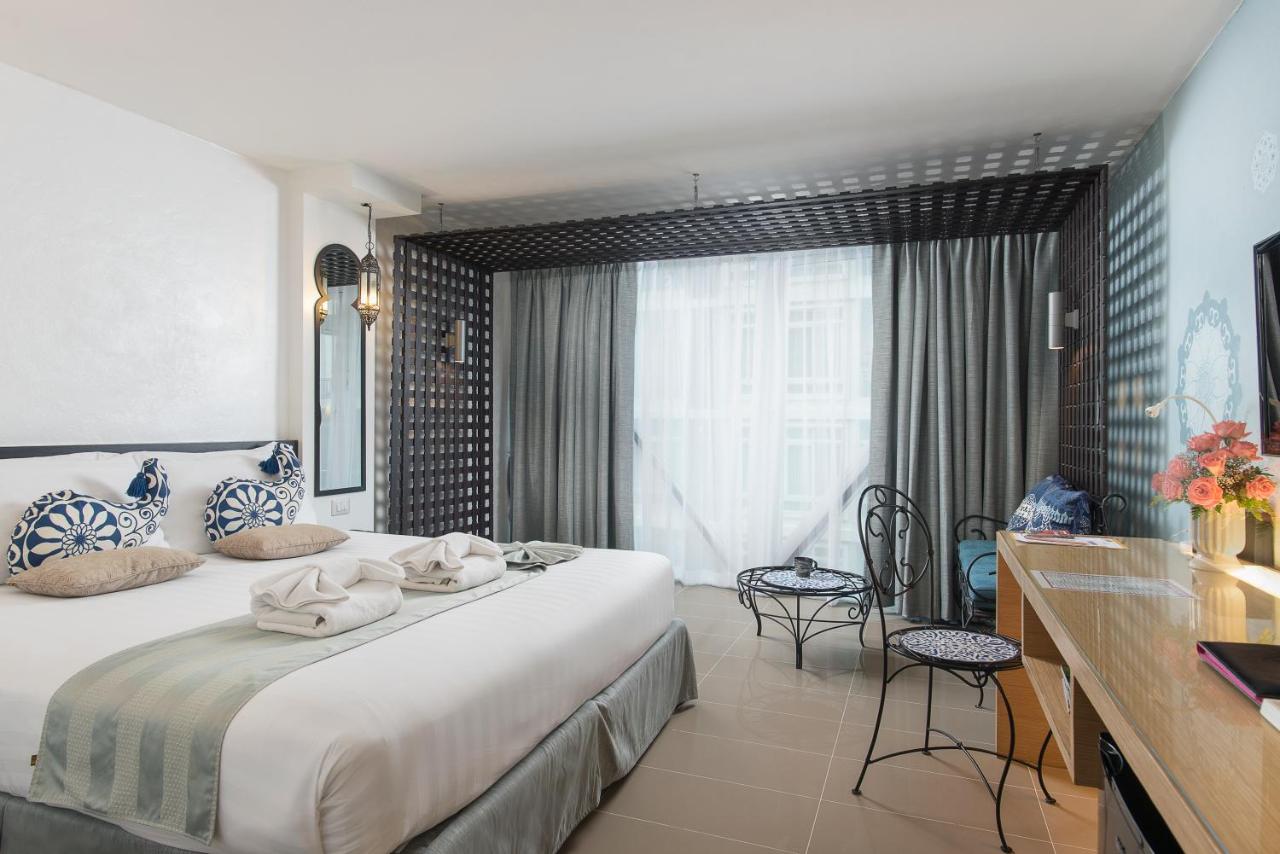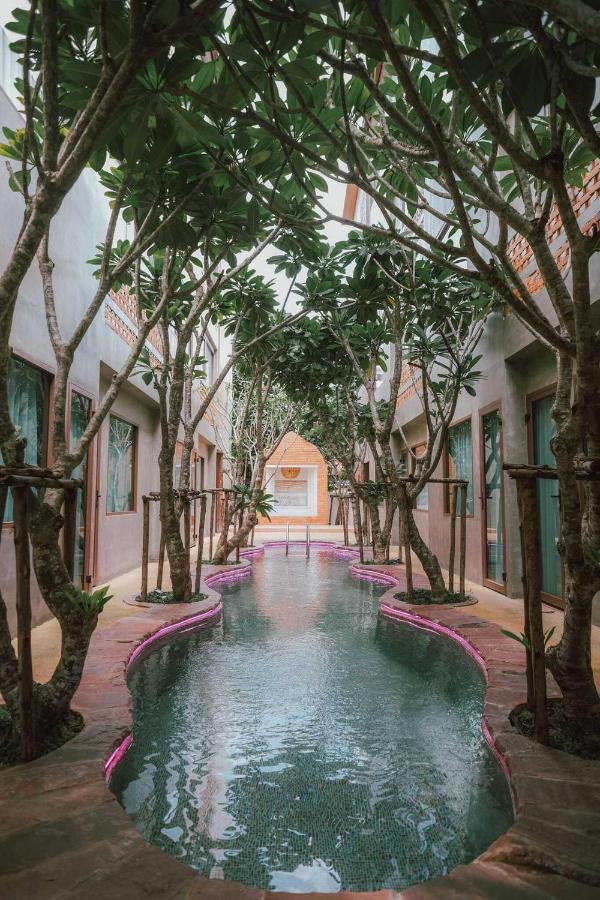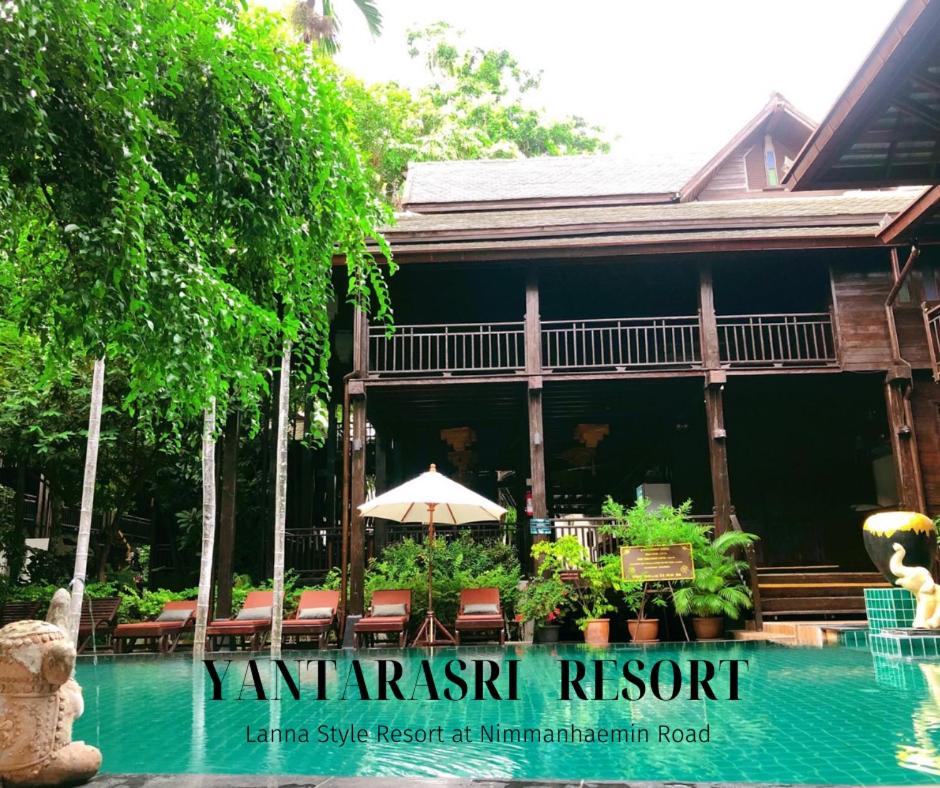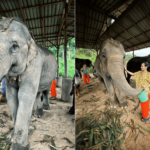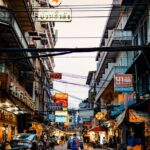Chiang Mai, a city in Northern Thailand, is a popular destination among travelers, impressing especially with its jungle landscapes. It offers a different Thai experience compared to the South, where exotic beaches are the main attraction. Chiang Mai not only showcases its exotic charm through fascinating nature but also transports you into a world completely different from the European one, with a series of extremely interesting temples. Although less chaotic than Bangkok, Chiang Mai still buzzes with activity and tourists, especially digital nomads, who can be found in almost every café. The city is filled with people backpacking and living the dream of every traveler.
Cuprins:
Toggle

1. Where to stay in Chiang Mai
Wondering where to stay in Chiang Mai? The most popular area is Nimman or Nimmanhaemin Road, a favorite among digital nomads and young people. This area is known for its vibrant atmosphere, nightlife, and numerous cafes and restaurants.
Other areas to consider for accommodation include the Night Bazaar Area and Old City, where most of the temples are located.

Accommodation in Nimman, Chiang Mai
Accommodation in Night Bazaar Area, Chiang Mai

2.When to Visit Chiang Mai
Thailand has a tropical climate, meaning it has two seasons: dry and rainy. The best time to visit Thailand is during the dry season when the weather is cooler and theoretically rain-free. The dry season runs from November to April, while the rainy season lasts from May to October. Notably, September and October mark the end of the monsoon season and are the least rainy months.
I visited Thailand at the end of September, during the rainy season. Surprisingly, the rainy season is characterized by higher temperatures than the dry season, intensified by high humidity. Rain usually falls in the afternoon and lasts for a few minutes. During my two-week stay, only one day had prolonged rain. However, rain or shine, the heat remains constant. One advantage of the rainy season is lower prices compared to the dry season. If considering a trip during this period, aim for September-October.

3.Getting to Chiang Mai
You can reach Chiang Mai by plane from Bangkok, with flights lasting around 1 hour. Airlines like Thai Airways, AirAsia, and Bangkok Airways offer reasonably priced flights, especially if booked in advance. We flew to Chiang Mai shortly after landing in Bangkok, which was quite exhausting as it involved three flights: Bucharest-Doha, Doha-Bangkok, and Bangkok-Chiang Mai.
Bangkok, Thailand – All You Need To Know As A First Timer
Learn everything you need to know about Thailand's capital, to make the best of your trip.
Learn More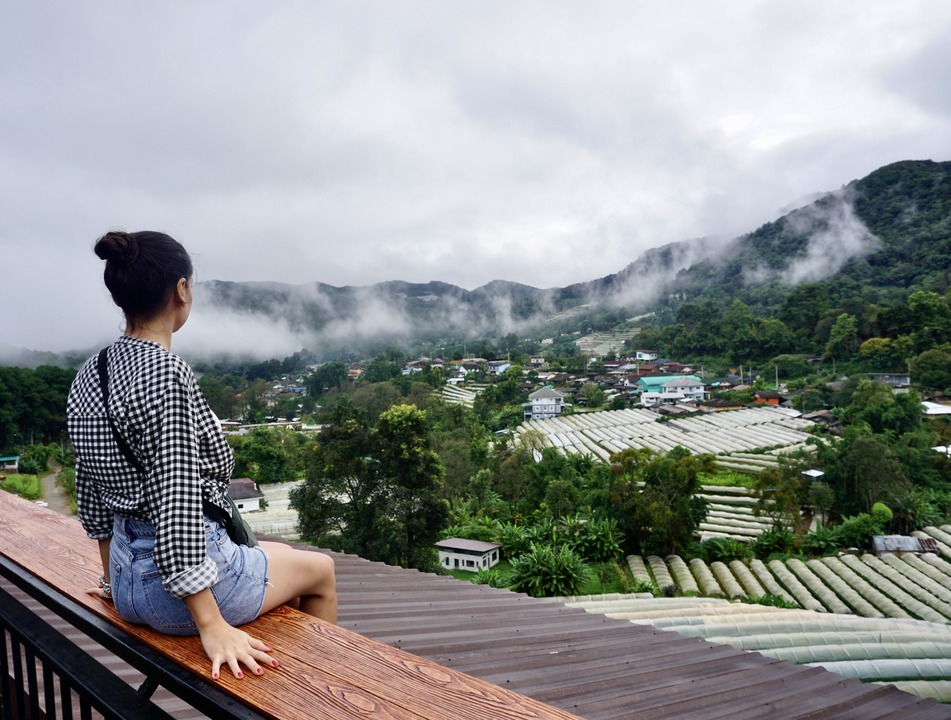
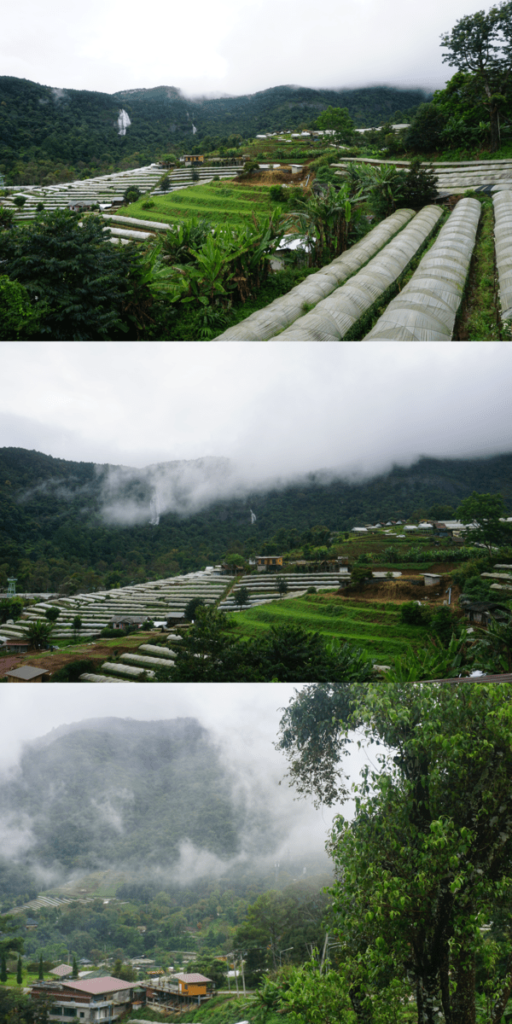
4.Transportation in Chiang Mai
Several transportation options are available in Chiang Mai:
- Tuk-tuks and Songthaews: These are the most popular local transport options. Songthaews are small red vans that function like shared taxis. Prices are usually negotiable, and you need cash for both.
- Grab: Similar to Uber, Grab is a popular taxi app in Chiang Mai and Southeast Asia, allowing payments by cash or card.
- Scooter: Scooters are ubiquitous in Southeast Asia. If you can handle the chaotic traffic, renting a scooter offers great freedom.
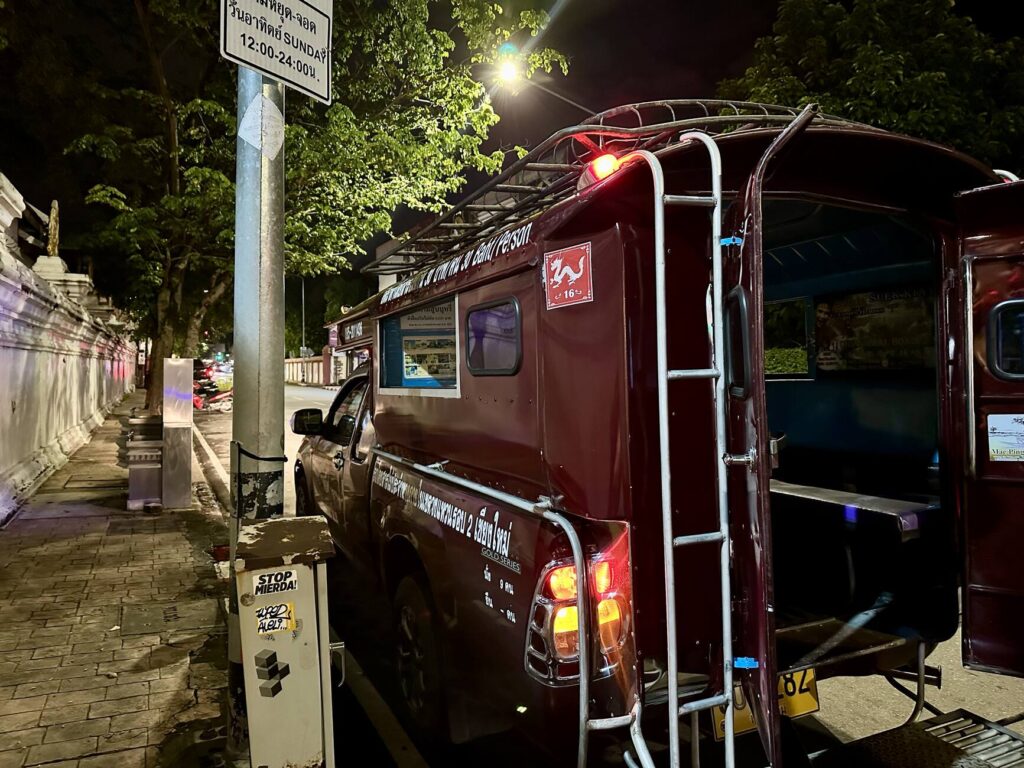
5. How Many Days to Spend in Chiang Mai
Northern Thailand is just amazing, and it’s recommended to stay as long as time allows. While many suggest two weeks, you can see plenty in 5-6 days.

6. Must-See Attractions in Chiang Mai
Nature is the main attraction in Chiang Mai. Renting a scooter or car for a day or two to explore the mountainous areas provides some of the most stunning views in Thailand.
Wat Phra That Doi Suthep: A sacred temple offering panoramic views of the city.
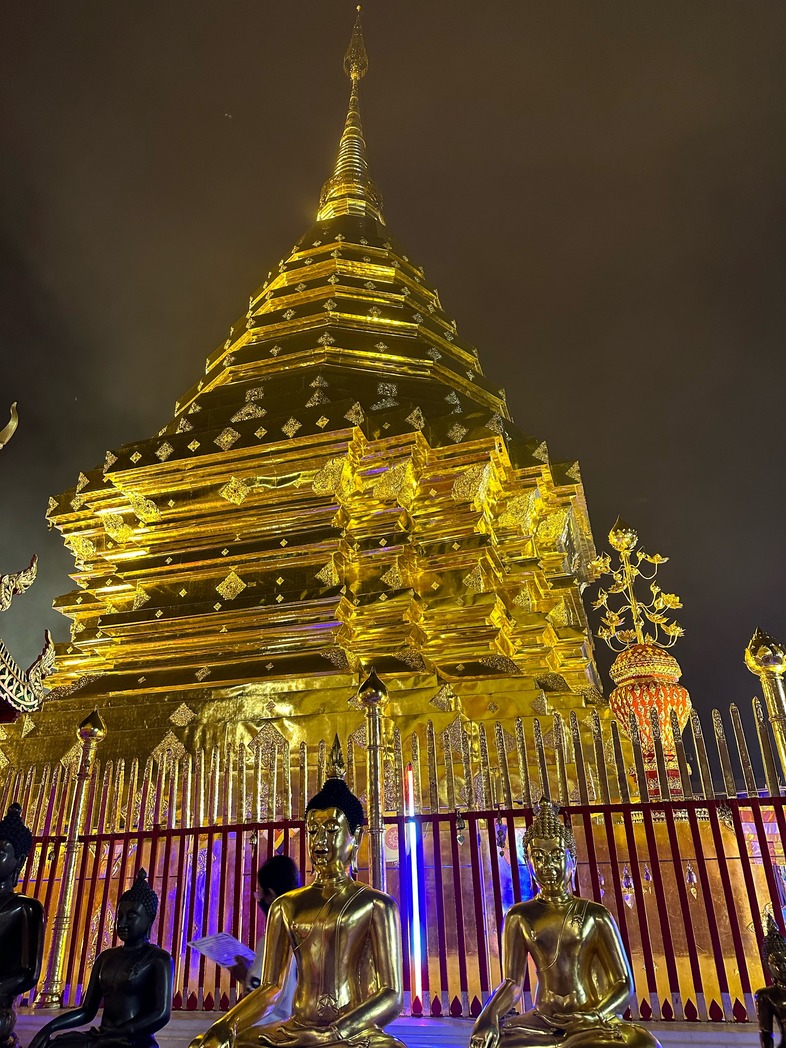
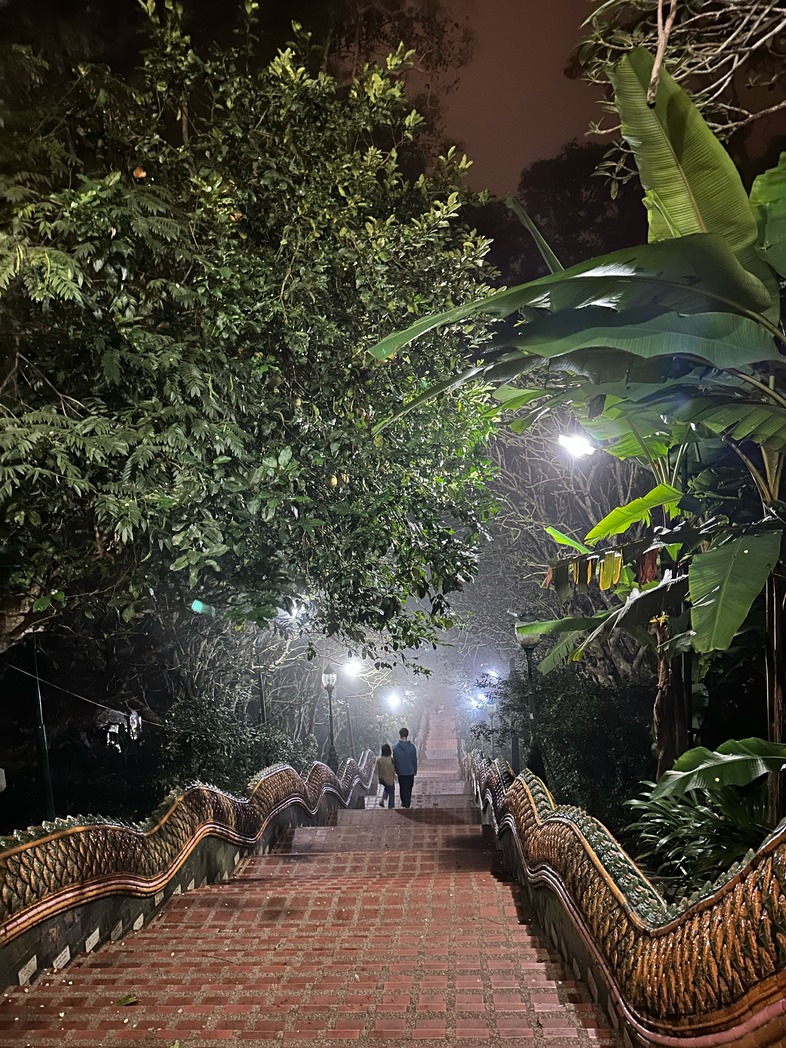
Doi Inthanon National Park: Home to Thailand’s highest peak.
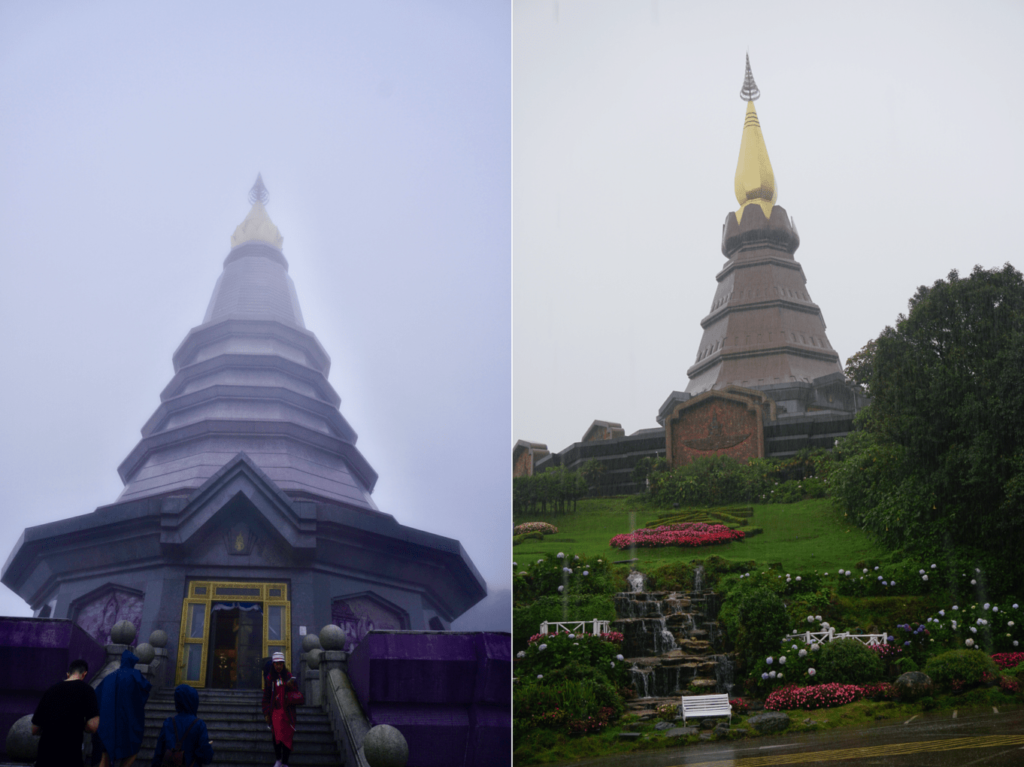

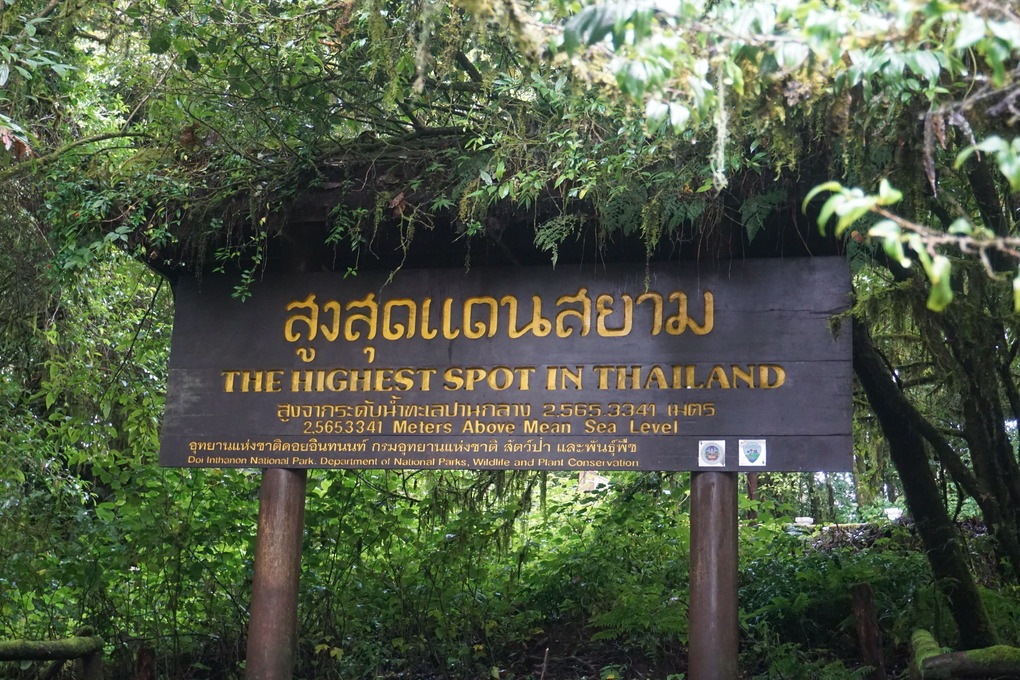
Wat Chedi Luang: An ancient temple in the Old City.

Wat Phra Singh: Known for its classic Lanna architecture.
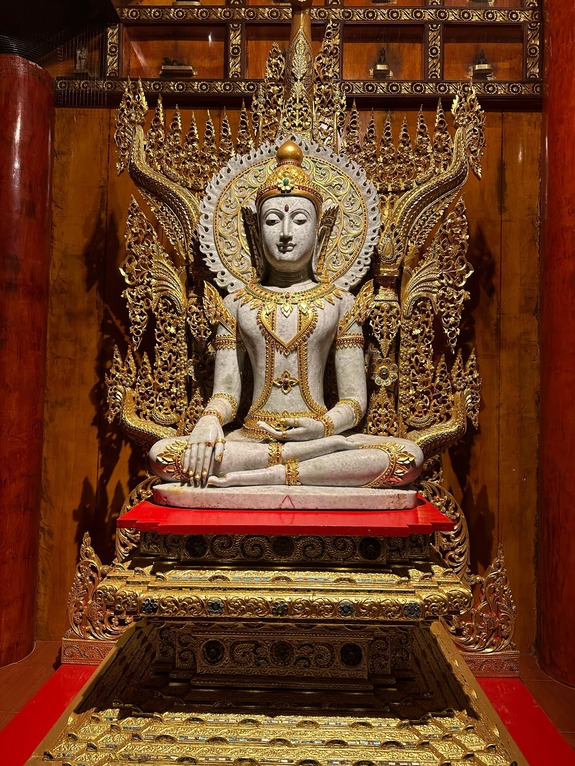
Old City: The historic center with numerous temples and markets.

Chiang Mai Night Market: A bustling market with food, crafts, and entertainment.
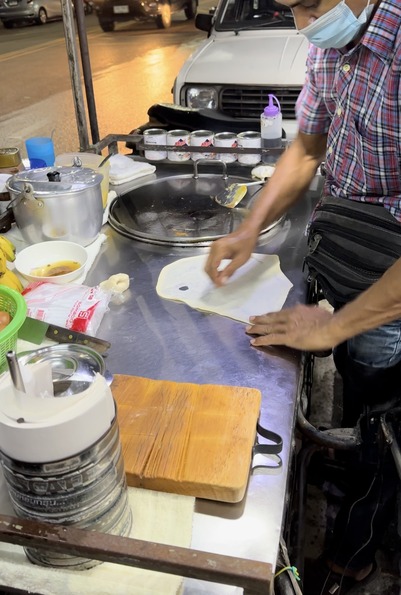
Chiang Mai Night Safari: An interactive and educational night-time experience.

Elephant Nature Park: A sanctuary for rescued elephants.

7.Food in Chiang Mai
Northern Thailand is famous for its cuisine, distinct from other regions. While I personally did not enjoy Asian food, everyone in my group highly recommended Chiang Mai’s dishes.
My favorite restaurant was Khaomao-Khaofang, known for its jungle-themed decor and excellent food, though slightly pricier than typical local eateries. Generally, food prices are very affordable compared to Europe.
Popular dishes include:
- Khao Soi: A curry noodle soup with coconut milk, served with crispy noodles, red onions, and optional chili.
- Nam Prik Ong: A chili dip with minced pork, tomatoes, garlic, and shrimp.
- Kaeng Khanun: Jackfruit curry with pork.
- Sticky Rice with Mango: A dessert made with sticky rice, mango, and coconut milk.
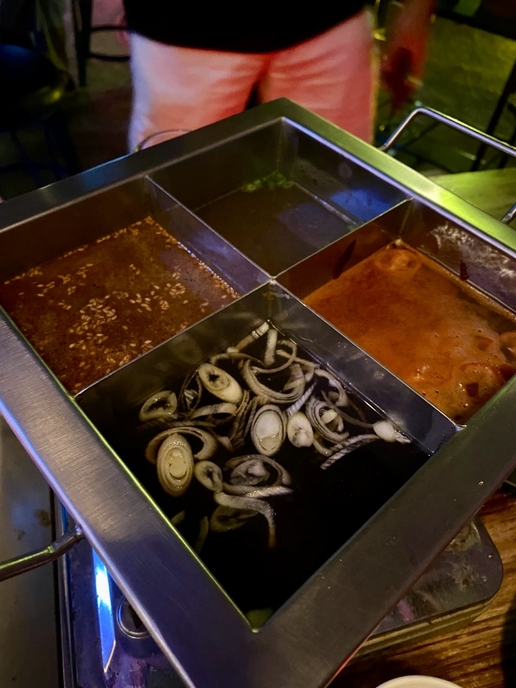
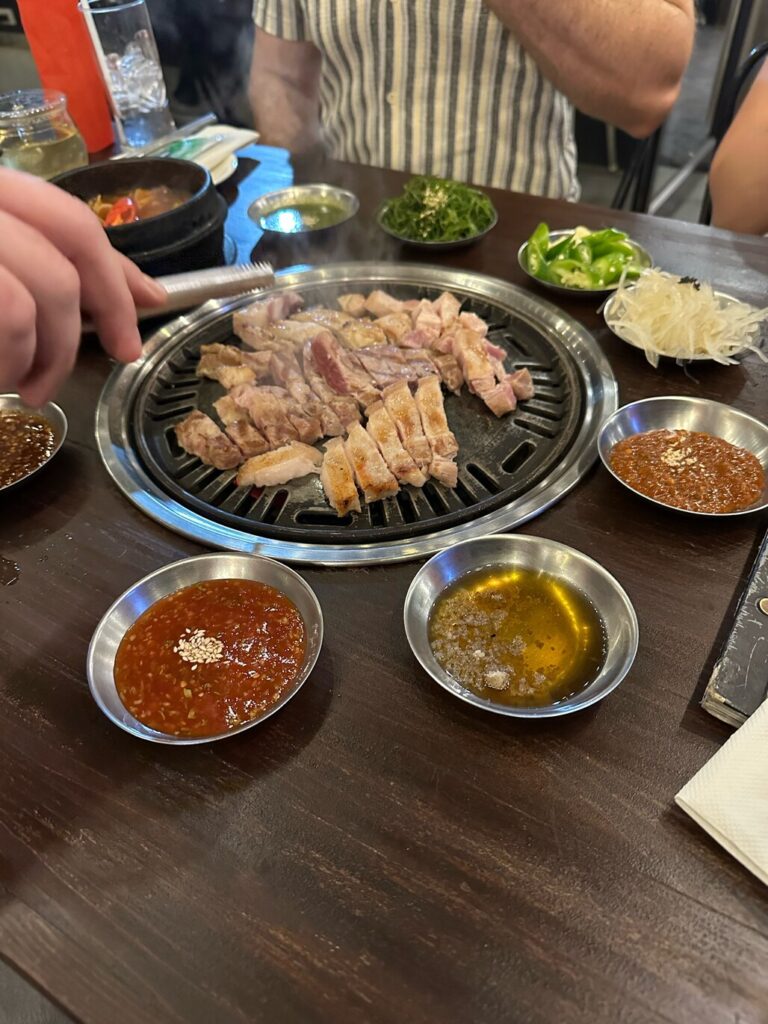
8. Useful Information
Regarding visas, as of my 2022 trip, I had to apply for one before going there, which was easy to obtain as a Romanian citizen. It’s advisable to check the latest visa requirements for your country before planning your trip. Make sure you check the requirements here.
Regarding money, I brought dollars and exchanged them at a bank in Chiang Mai. Having cash is essential as not all places accept cards.
For internet access, I bought a local SIM card, which I used for two weeks. The city offers widespread Wi-Fi, being a favorite spot for digital nomads.
Other essentials include a raincoat (regardless of the season, as weather is very unpredictable) and mosquito repellent.
8. Conclusion
Chiang Mai has nothing I disliked, and I highly recommend adding it to your travel list. Although I haven’t yet visited Southern Thailand, Chiang Mai is one of the places where I experienced nature in its most spectacular form. I’ve visited absolutely beautiful places there that I would love to return to anytime.
If you found this article helpful, feel free to like it or share it with your friends.
Happy travels! 🥰
